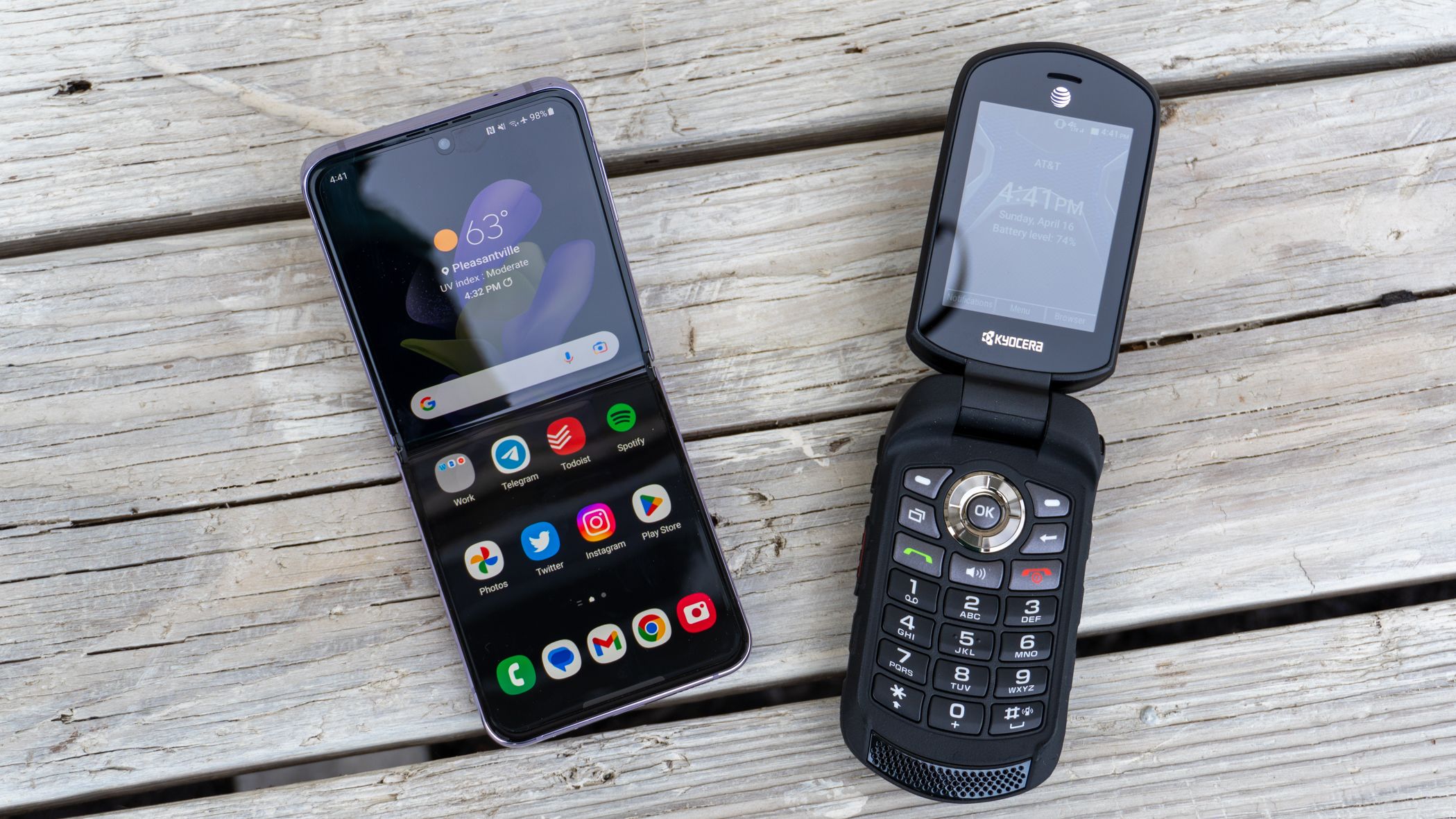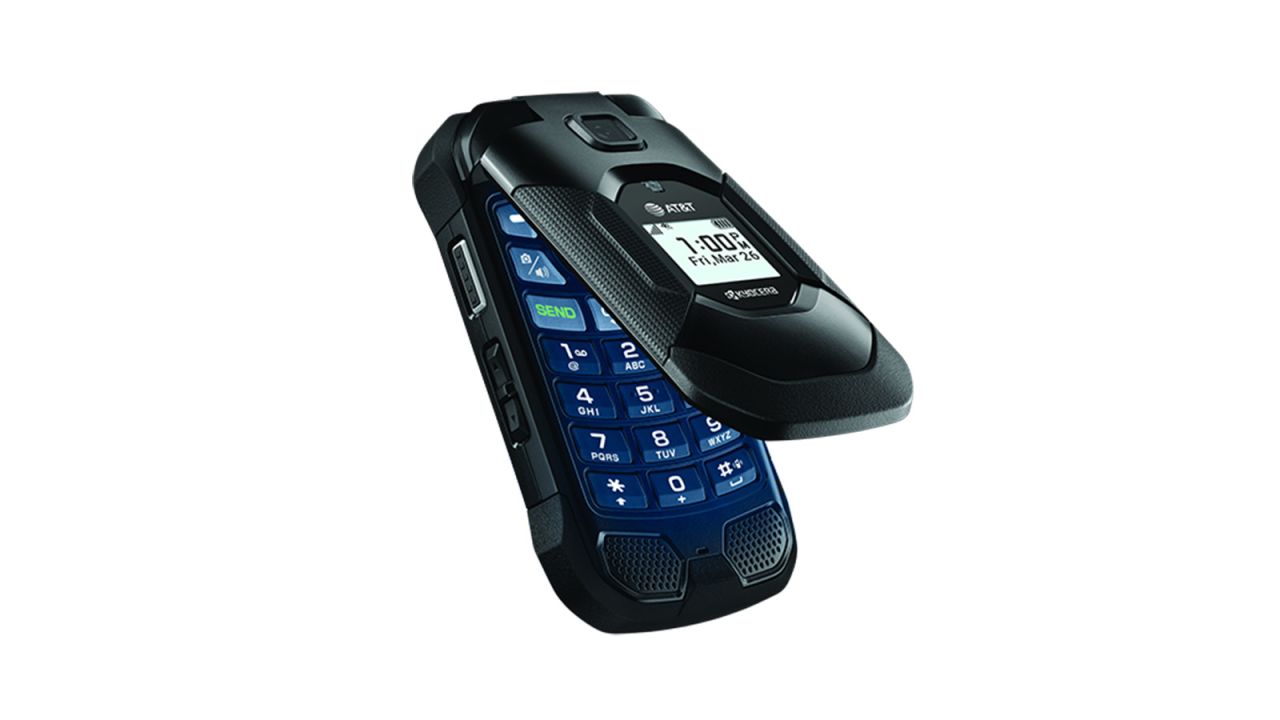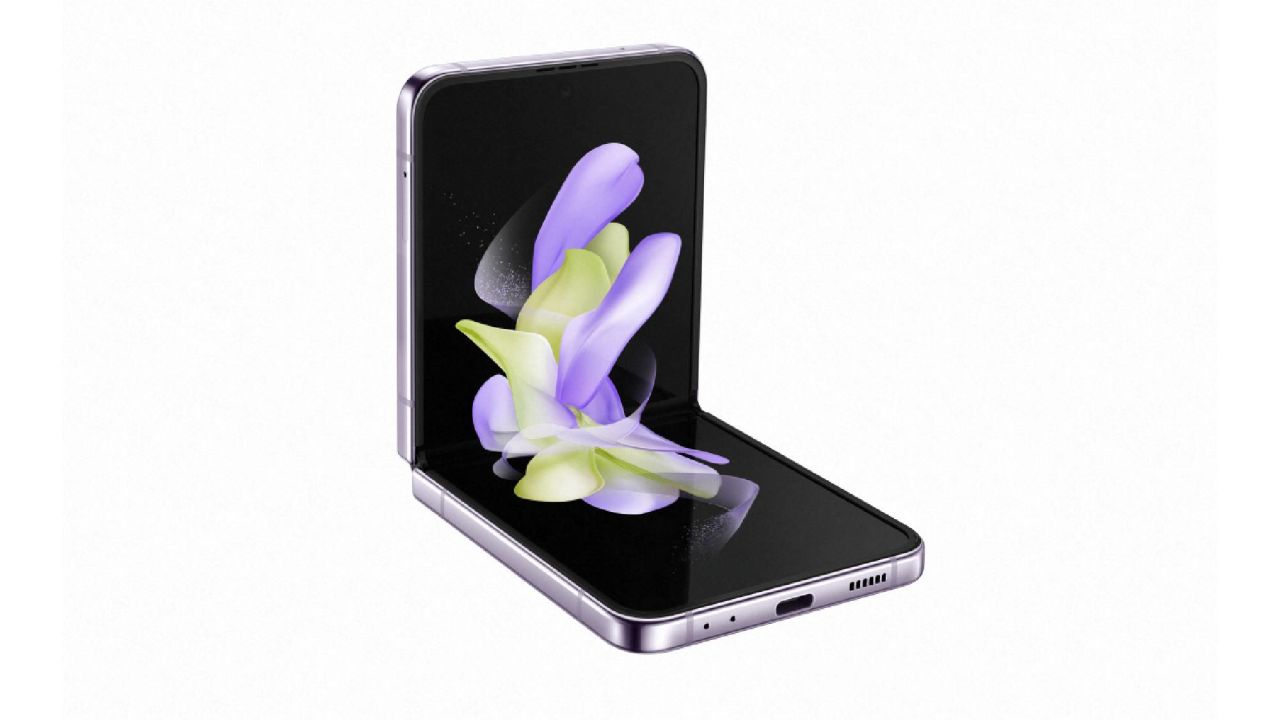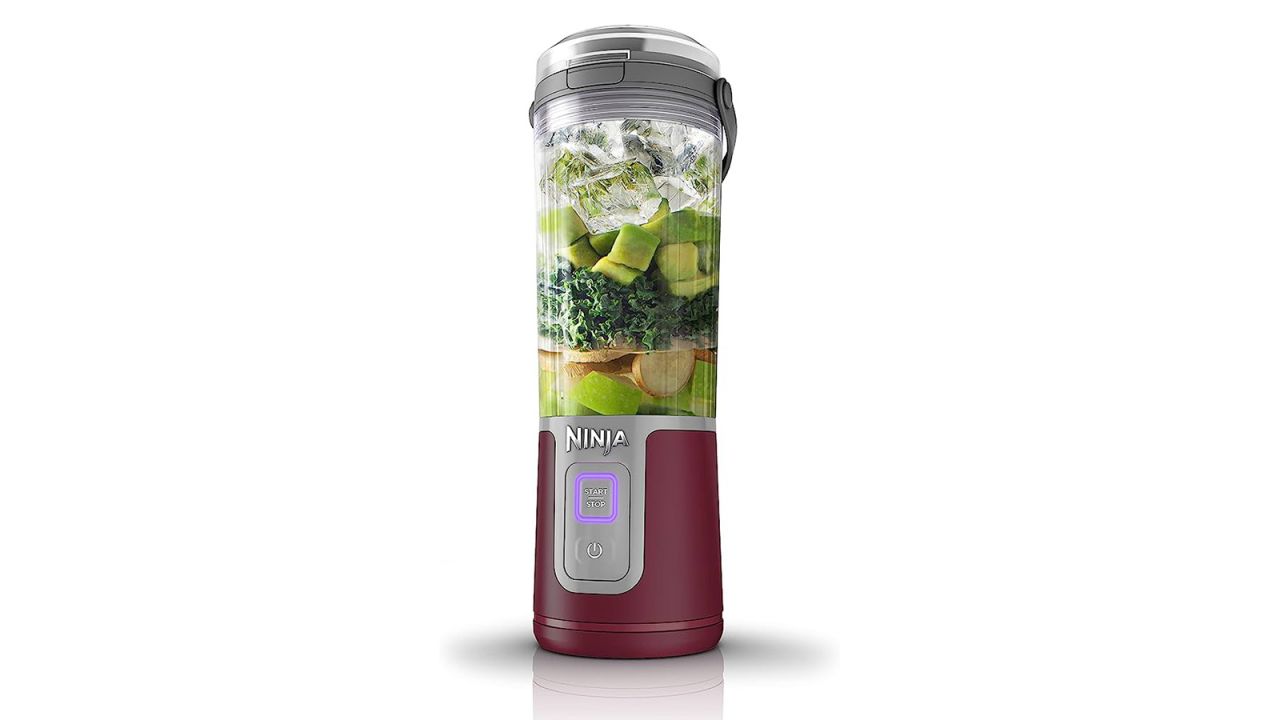Flip phones have been around since 1996, when Motorola unveiled the StarTAC just as mobile phones were getting off the ground. Since then, the “flip-top” (as my 76-year-old neighbor refers to it) has managed to remain relevant, even after the cultural revolution of full-screen smartphones driven by the iPhone.
In fact, that’s one of the main reasons they’re still kicking. Many millennials and Gen Z-ers want to digitally detox due to the pressures of social media, and one way to do that is by switching to a “dumber” phone. It doesn’t hurt that these budget phones are generally much cheaper than a big fancy touchscreen device.
Those flip phones (the ones where you can call, text, take pictures and … that’s it) are still widely available, all while another crop of flip-tops have also made their way to the market, thanks to flexible screen technology. Samsung’s Galaxy Z Flip series is the most famous example of this; instead of a tiny screen at the top and various buttons and cursors on the bottom, this flip phone has one big screen that folds in the middle.
That way, you get the best of both worlds: a compact flip phone that fits in any pocket or bag, and a big-screen smartphone to get all your work done or enjoy some digital entertainment. Is it digitally detoxing? No, but it’s geared more toward those who simply want to fold their phone in half when they’re done, which can be freeing in and of itself.
For the past week and change, I’ve been using the $290 Kyocera DuraXE and $1,000 Galaxy Z Flip 4, two smartphones that fit the “flip phone” bill but are on total opposites of the spectrum. Here’s what I learned:
Ideal for someone just looking for the basics, the Kyocera DuraXE is an extra-rugged flip phone designed primarily for calls and texts.
Our pick for the best foldable phone, the Z Flip 4 packs a unique, pocket-friendly clamshell design that can expand into a full-size smartphone.
Kyocera DuraXE: Regular flip phones have their ups and downs

A little background for you: I’m a 22-year-old guy. My parents were the only ones in my household who owned flip phones; my smartphone journey began with a large touchscreen interface that didn’t fold in half. So you can imagine that switching to a traditional flip phone could pose quite a challenge to my lifestyle.
The short answer? It absolutely did. But I understand the appeal, especially for younger people like me who buy them.
Kyocera has been making flip phones for a while, and one of its most recent is the DuraXE. It’s a pretty basic phone by every standard, with one standout feature: the design. This phone is as robust as it looks, and is ready to be taken anywhere. Work on a construction site? Deal with heavy machinery all day? Constantly out in the field making important decisions? Then this is the phone for you.
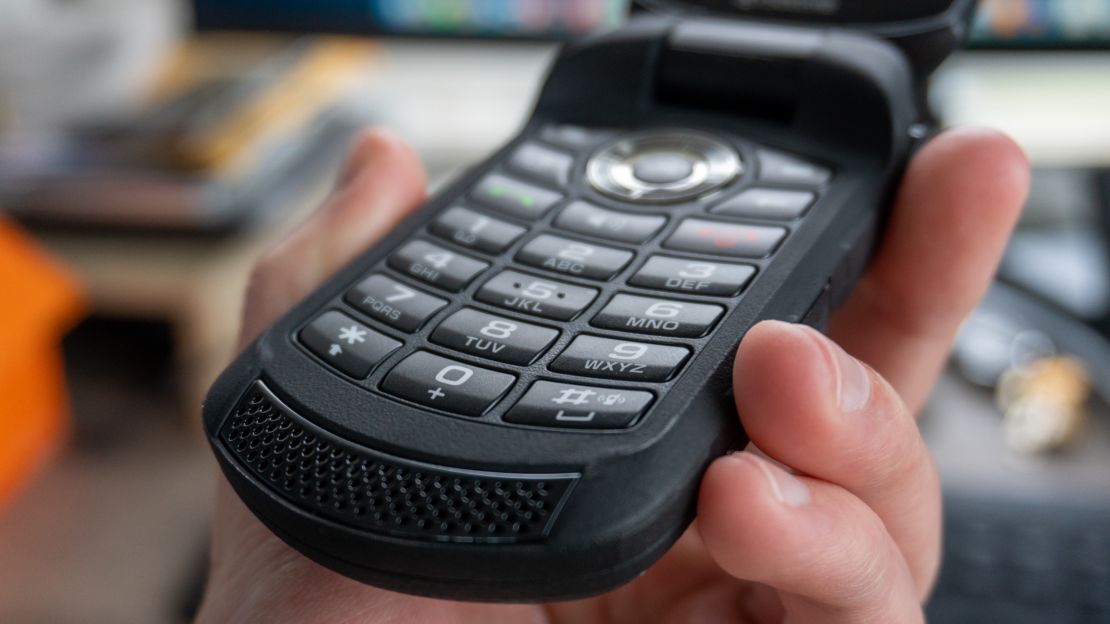
It passed a military-grade drop test for surviving 5-foot drops onto concrete, shock, vibrations, extreme temperatures and more. It’s also IP68 certified for water and dirt protection. The exterior has a rubberized finish that makes it pretty beefy, and there’s even a dedicated radio button to easily communicate with others over AT&T’s Enhanced Push-to-Talk (EPTT) network or other LMR networks.
Beyond that, the DuraXE is pretty basic. It can make phone calls, send texts, take pictures with the rear 5-megapixel autofocus camera, browse the web and even play local music through the included headset jack. There’s no app store to download new applications or games, you can’t stream music over Spotify or Apple Music and — most importantly — it’s a pain trying to get on social media.
It’s not impossible, however. You have to go to the included web browser and navigate to each social platform’s website, then log in with your credentials. But even though it isn’t an impossible task, it may as well be: The browser Kyocera includes is really slow, and you have to navigate the interface with a giant cursor via the directional pad. What’s even worse is the size of the screen itself, which is so small that endlessly scrolling on something like Twitter or TikTok will strain your eyes faster than you can say, “Wow, this is tiny.”

And that’s kind of the point. Having a phone like this in your pocket not only discourages you from visiting social media or playing mindless games, but it virtually blocks those distractions entirely. You’re then left with a simple pocket communicator, one that’s sufficient enough for staying in touch with friends and family (and that lasts for days on a full charge).
Is that enough for some people? Absolutely. The idea of a pocket communicator is a very intriguing one; in fact, it’s one of the main reasons smaller phones like the iPhone Mini line have cropped up in recent years. People want something a bit smaller to hold onto to stay in touch, and flip phones make achieving that incredibly easy.
But while the DuraXE is a very good flip phone, it’s certainly not for everyone. My entire career is essentially based on scrolling sites like Twitter, Instagram and RSS feeds to stay on top of the news. I can’t do that on the DuraXE. I also value having a bigger screen to get work done, which is simply impossible on the Kyocera.
Galaxy Z Flip 4: Nothing beats a foldable flip phone
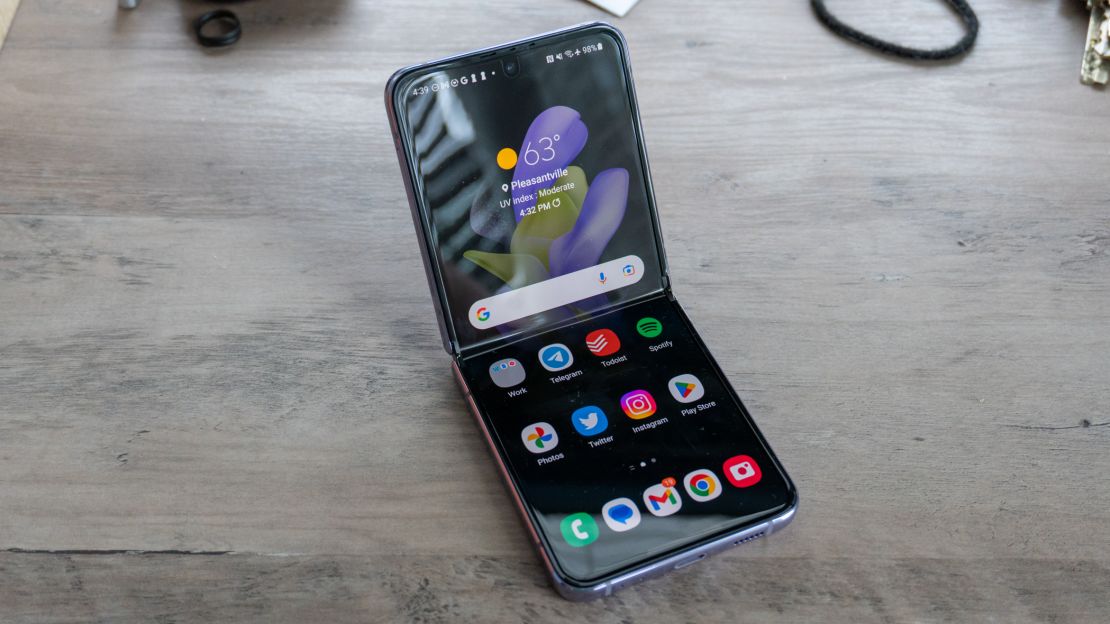
That’s where the modern take on a flip phone comes into play. The Galaxy Z Flip 4, Samsung’s latest flipping smartphone (and one of the most popular in the world), folds in half just like the DuraXE but still gives you a modern smartphone experience, with all the amenities you could ask for.
When it’s unfolded, you get a large 6.7-inch AMOLED display that looks and acts like any other smartphone screen. There are no physical buttons for navigating the interface; instead, it’s one big touchscreen. Samsung uses its Infinity Flex Display technology to bend the display in half at the hinge, all while not cracking it or causing significant damage over time.
When it’s folded, there’s a tiny touchscreen you can interact with to check notifications, widget information (e.g., weather, fitness goals, your calendar), play some music or even take a selfie with either of the two rear 12-megapixel cameras. The device is also much smaller when it’s closed, which is its biggest advantage. You get that pocket communicator vibe without having to sacrifice any features.
And boy, do I mean any features. This puppy is jam-packed with some of the latest smartphone technology, including Qualcomm’s Snapdragon 8 Plus Gen 1 processor, 8GB of RAM, a fingerprint scanner and wireless charging. The DuraXE doesn’t have any of this.
The Z Flip 4 also takes better advantage of its flipping form factor. Samsung includes a few extra features like Flex Mode, which lets you fold the display slightly to prop it up and give you a hands-free experience for streaming shows or taking selfies. Split-screen multitasking is also more enjoyable on this phone than others, thanks to Flex Mode, and you get a ton of useful tools for getting work done — like Edge panels and Samsung’s DeX desktop PC experience — thanks to the One UI software.

Social media is plenty accessible on this phone; after all, it runs Android. I enjoy scrolling through Twitter, Instagram, TikTok and LinkedIn on the Z Flip 4, and when I’m done, it’s incredibly satisfying to close the phone and put it in my pocket.
This makes modern flip phones like the Z Flip 4 ideal for those who want to reduce the time they spend on their phones. The motion of physically closing your phone when you’re done, oddly enough, reduces the temptation to go back on it. When you’ve decided you’re done, hearing the two halves of the screen clink together signifies it’s time to move on.
The cover screen also helps to reduce the amount of time you spend on the Flip 4’s big screen. Since you can check vital information like your notifications, calendar, the weather and more right from the tiny cover screen, you’ll have less reason to open it up and be bombarded by all the time-consuming apps on your home screen.
Bottom line

These two devices represent where the flip phone market currently stands. Ordinary flip phones (aka the ones without giant, flexible screens) will continue to be adopted by those who want something simpler or less distracting than a regular smartphone. Meanwhile, the foldable market and the flipping success of Samsung’s Galaxy Z Flip 4 — our current best smartphone pick for foldables — signifies that people want a modern smartphone experience but in a more compact package.
I could never see myself switching entirely to a regular flip phone like the DuraXE, but I definitely see its appeal. Its rugged style won’t be for everyone, but if you want an old-school flip phone with multiday battery life, it’s hard to pass this one up. Unfortunately, the DuraXE is out of stock as of this writing, but there are plenty of compelling and affordable options that scratch a similar itch, such as the $75 TCL Classic.
For everyone else, the Z Flip 4 is incredibly intriguing: It’s an ordinary smartphone when it’s open, and it becomes a more pocketable communicator when it’s closed. Either way, whether you’re trying to digitally detox or just want something more compact than a typical smartphone, there’s never been a better time to get a flip phone.
